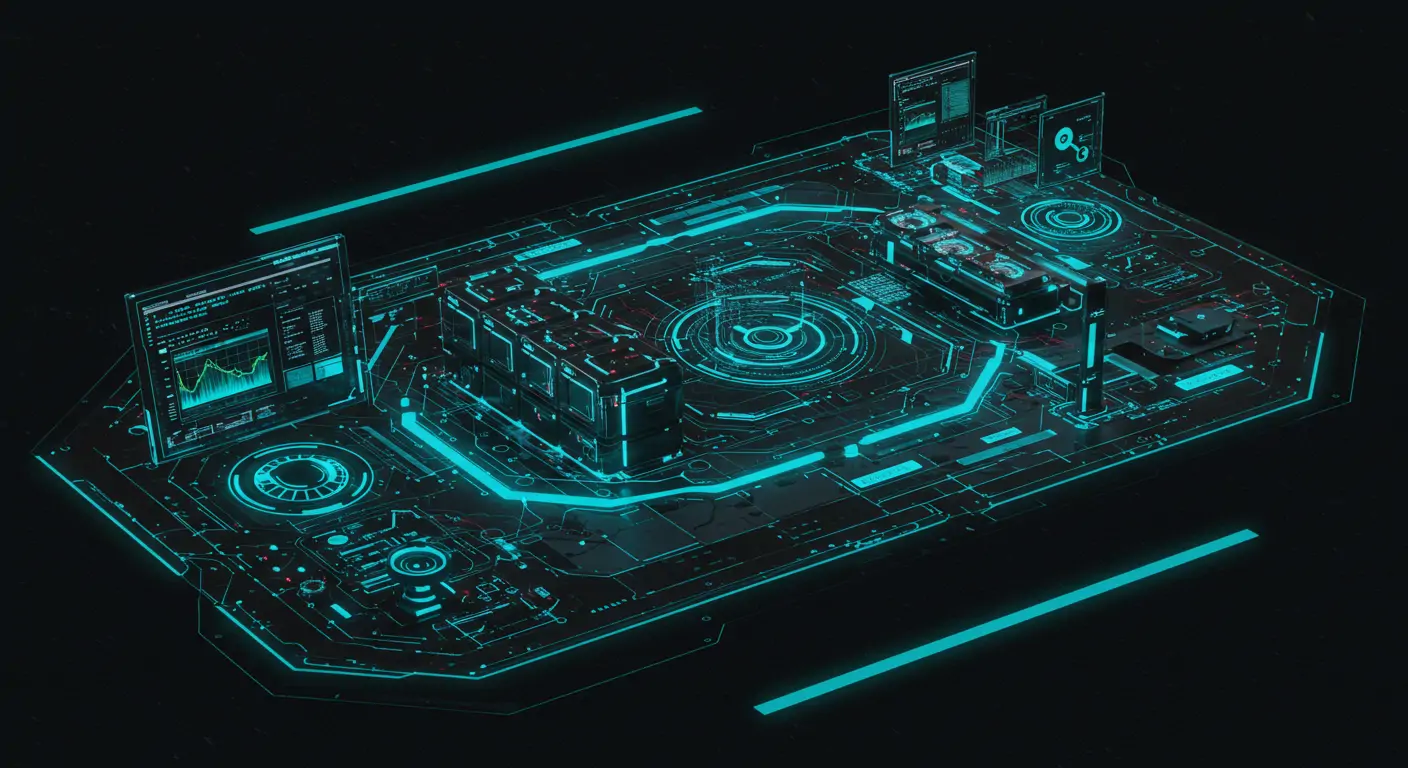What You'll Build
Are you ready to dive into the world of event-driven microservices? You'll build a scalable architecture using Kafka and Spring Boot that can handle millions of events per second. The benefits include improved system reliability, better resource utilization, and easy scalability. With this guide, you'll have everything set up in about 3-4 hours.
Quick Start (TL;DR)
- Set up Kafka server:
- Create a Spring Boot project:
- Add Kafka dependencies in :
- Configure Kafka producer and consumer in .
- Run your Spring Boot application:
Prerequisites & Setup
You'll need Java 17, Apache Kafka, Maven, and basic knowledge of Spring Boot. Set up your development environment with these tools to proceed.
Detailed Step-by-Step Guide
Phase 1: Foundation
First, install Kafka and start the server. Ensure Zookeeper and Kafka brokers are running.
Phase 2: Core Features
Next, create a Spring Boot project. Add Kafka dependencies and configure the producer and consumer.
Phase 3: Advanced Features
Enhance your architecture with monitoring and logging using Prometheus and Grafana.
Code Walkthrough
Let's look at the Kafka producer:
Why it matters: This code initializes a Kafka producer that sends messages to a specified topic.
Common Mistakes to Avoid
- Not configuring Kafka correctly. Double-check .
- Ignoring error handling in Kafka consumers. Always handle exceptions.
- Overloading the Kafka broker. Monitor and distribute load effectively.
Performance & Security
Optimize performance by tuning Kafka settings like memory and buffer sizes. Secure your microservices with TLS encryption and proper authentication mechanisms.
Going Further
Explore advanced techniques like Kafka Streams for real-time processing. Check out Kafka Connect for integrating data pipelines.
FAQ
Q: How do I handle failed events?
A: Implement retry logic and dead-letter queues to manage failed events gracefully.
Q: Can I use Kafka with other platforms?
A: Yes, Kafka is platform-independent and can be integrated with various systems like Hadoop and Spark.
Q: What are the alternatives to Kafka?
A: Alternatives include RabbitMQ, AWS Kinesis, and Google Pub/Sub.
Q: How do I monitor Kafka performance?
A: Use tools like Prometheus and Grafana for real-time monitoring and alerting.
Q: Is Kafka suitable for all use cases?
A: Kafka is ideal for high-throughput, low-latency event streaming, but not suitable for small, transactional systems.
Conclusion
You've learned how to build a scalable event-driven microservices architecture with Kafka and Spring Boot. Next, explore Kafka Streams, examine Kafka's transaction capabilities, or integrate with a NoSQL database like MongoDB for more complex scenarios.




